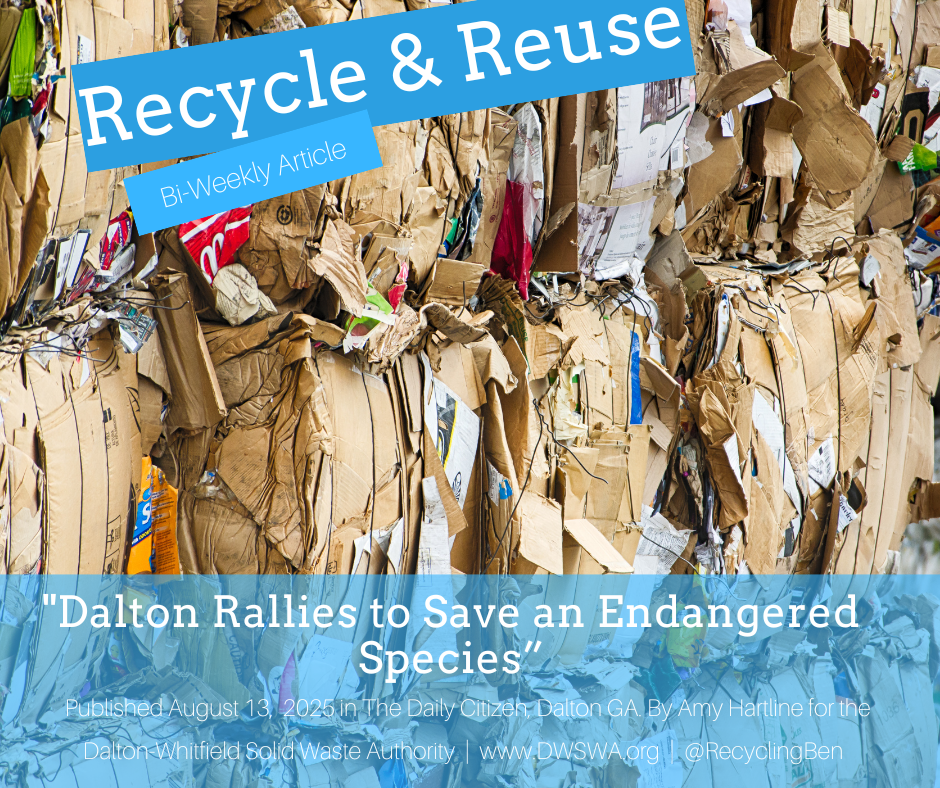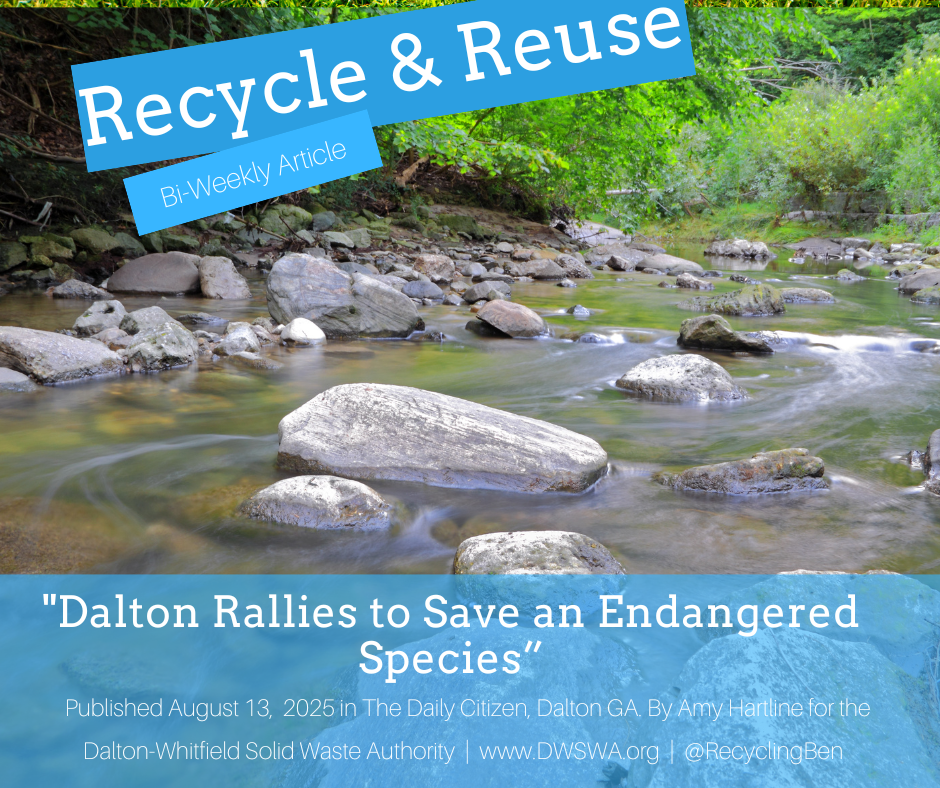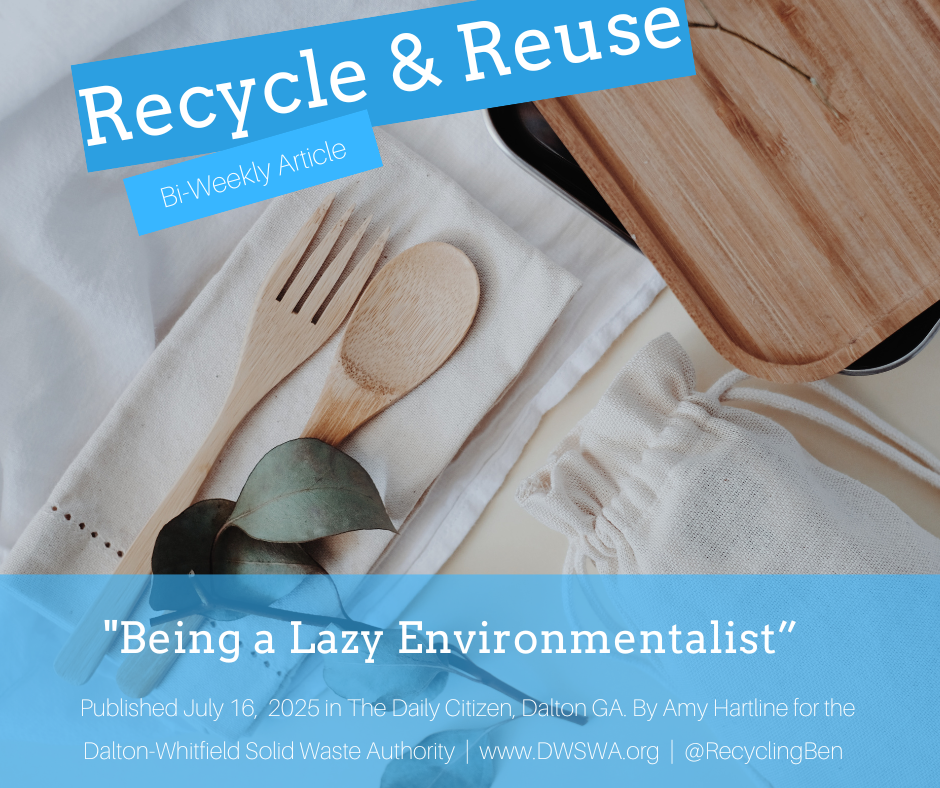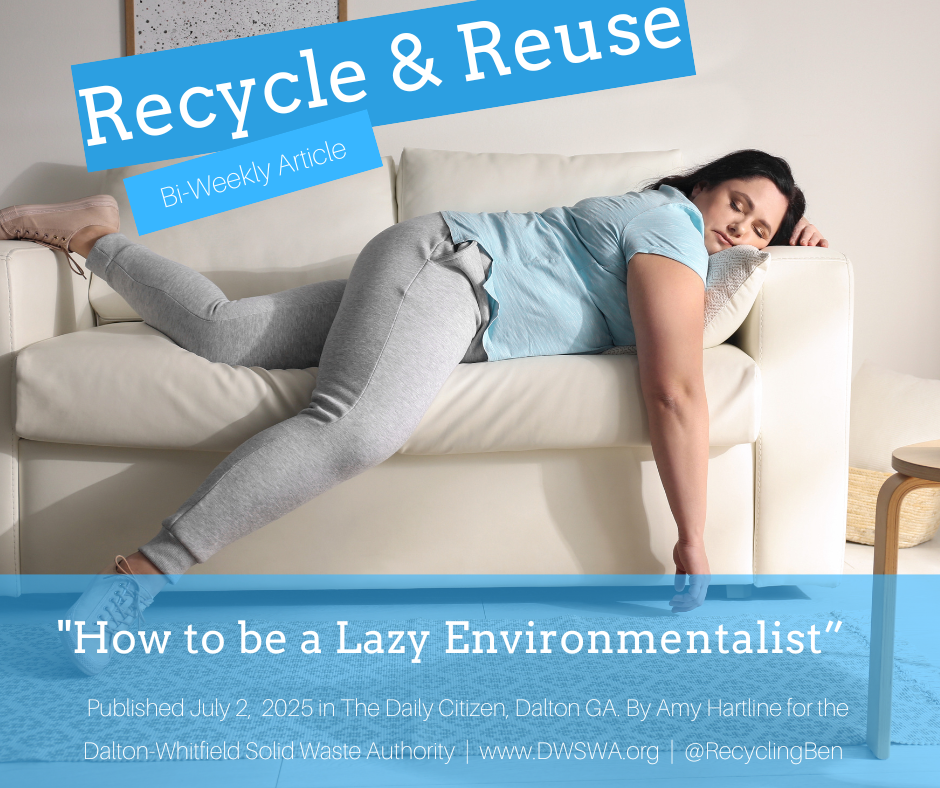What Type of Composting is Best for You?
/In a way, composting seems like it would be simple. We all learned about the decomposition process in school which is what composting is, but when you start looking at how to start it can get overwhelming fast. The first thing you need to decide is what type of composting would be best for you. There are a multitude of options and the choice you make can depend on a number of factors. Knowing a little bit about the options for composting can help you get started on the right foot.
Many people keep a small bin for kitchen scraps on their counter or under the sink that they regularly dump out into their composter, just make sure you don’t forget your bin and leave your food scraps sitting for too long.
The most common type of composting is either heaps or tumbling composters. If you are working with a smaller amount of space or prefer you compost to be neater, I recommend going with a tumbling composter. You will put your browns and greens into the chamber and then using a crank or your hands you will turn the bin so that it all mixes together well. You can also choose to get a double chamber so you can work on a second section of compost as your first one is cooking.
While tumbling composters are neat, heaps are the easiest way of composting. For heaps, you determine a section of your yard you want your compost to go, preferably somewhere sunny so that it gets warm, and that is where you will mix all of your greens and browns. As you add to your pile, you can use a pitchfork, shovel, or rake to turn it to make sure that oxygen is being added in which is crucial for decomposition. If you are worried about pests, you can wrap chicken wire around it or place them into wooden bins or bunkers to keep it more contained and less accessible.
If you want quality compost and aren’t afraid of a few creepy crawlies, look into vermicomposting. This special type of bin has several layers and uses worms to speed up the composting process making it great for small spaces. You do need to be extra careful with these bins not to add in meat, dairy, fatty, oily, or fermented food waste as issues caused by these products can force the worms to evacuate the bin. If done well, this type of composting can be extra rewarding and fascinating as you learn about composting and your worm colony.
Bokashi is the fastest way to compost. Bokashi is a Japanese word that means “fermented organic matter” and it is used to pickle your food waste before it is added to soil. Bokashi does need a special type of bokashi bucket that has a spigot for letting out leachate or “juice” as the food pickles and you will need bran to use with your compost. Many people use two buckets so they can continuously compost. Unlike other composting methods that benefit from the sun, keep your bokashi bucket out of direct sunlight. Place your bran, either bought or made at home, at the bottom of the bin, layer in the food waste as it is produced and, when it is full, top it off with more bran. Let it sit undisturbed for one to two weeks while removing all of the liquid. When it is complete, bury your bokashi in soil making sure no plant roots touch it. After two to four weeks, you can use the newly enriched soil as usual in your garden.
No matter your lifestyle or living space there are plenty of ways to compost, it is just a matter of finding the right way. If you are interested in learning more about composting and getting a chance to win a single chamber or double chamber composter plan to attend Keep Dalton-Whitfield Beautiful’s composting classes either on November 12th at Edwards Park from 11:30 a.m. to 1:00 p.m. or November 14th at the Dalton-Whitfield County Regional Library from 4:30 p.m. to 6:00 p.m..
































